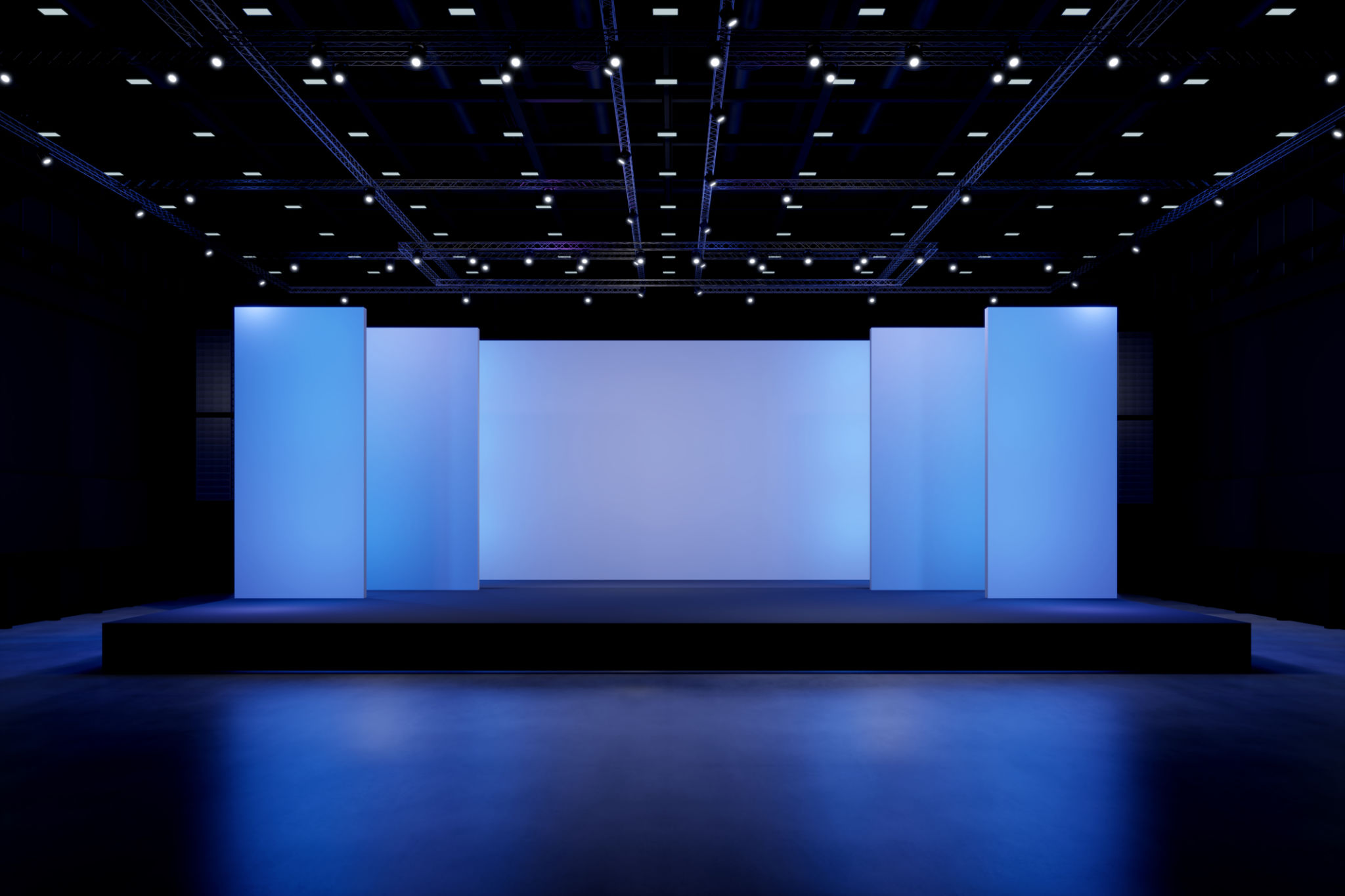Hosting Successful Design Events: Lessons Learned and Best Practices
Understanding the Purpose of Your Design Event
Hosting a successful design event starts with a clear understanding of its purpose. Are you aiming to showcase new design trends, foster collaboration, or build a community? Defining the goals helps in tailoring every aspect of the event, from the choice of speakers to the design of the venue. Knowing your purpose will also shape how you measure success, whether it’s through attendance numbers, participant feedback, or social media engagement.

Curating Engaging Content and Speakers
Once the purpose is defined, the next step is to curate engaging content and select speakers who can effectively convey your message. Choose speakers who are not only experts in their field but also engaging storytellers. The content should be diverse, catering to different interests within the design community, and should include a mix of presentations, workshops, and panel discussions. This variety ensures that all attendees find something of value.
Creating an Inviting Atmosphere
The physical environment plays a crucial role in the success of a design event. Choose a venue that aligns with the theme and purpose of your event. Consider elements like lighting, seating arrangements, and décor to create an inviting atmosphere. Additionally, ensure that there are comfortable spaces for networking and informal conversations, as these interactions can be as valuable as the scheduled sessions.

Promoting Your Event Effectively
Effective promotion is essential to ensure your event reaches its intended audience. Utilize multiple channels such as social media, email marketing, and partnerships with industry influencers to spread the word. Creating a buzz around your event can be achieved by highlighting keynote speakers, unique sessions, or any special activities planned.
Ensuring Seamless Execution
On the day of the event, seamless execution is key. Have a detailed schedule and ensure that all team members are aware of their roles. Prepare for potential technical issues by having backup plans in place. A smooth experience for attendees contributes significantly to their overall satisfaction and the event's success.

Encouraging Participation and Interaction
Encourage participation by incorporating interactive elements into your event. This could include live polls during sessions, Q&A segments, or hands-on workshops. Providing opportunities for attendees to engage not only makes the event more enjoyable but also enhances learning and networking opportunities.
Gathering Feedback and Measuring Success
After the event concludes, gathering feedback is crucial for understanding what worked well and what could be improved. Use surveys or feedback forms to collect insights from participants. Analyzing this data will help you refine future events and ensure continuous improvement.
Reflecting on Lessons Learned
Finally, take time to reflect on the lessons learned from hosting your design event. Documenting both successes and challenges will provide valuable insights for future planning. Celebrate milestones achieved while also identifying areas for growth, ensuring that each subsequent event is even more successful.

